 Thibaut Hontanx is the seventh Chief Blender of the historic Maison Courvoisier. Here, he speaks to LUX about the brand’s famous past, and the importance of celebrating the present
Thibaut Hontanx is the seventh Chief Blender of the historic Maison Courvoisier. Here, he speaks to LUX about the brand’s famous past, and the importance of celebrating the present
LUX: Can you start by telling us a bit about Maison Courvoisier’s history and why the heritage of the brand is so important to its identity?
Thibaut Hontanx: Courvoisier was founded by Félix Courvoisier in 1828. The brand was officially registered in 1843, and Félix then built the Maison in 1857, which still operates on the banks of the Charente River. He ultimately created the brand because he believed in celebrating the joy in the everyday, and this is something which still holds true for us.
When Félix passed away in 1866, he left Courvoisier to his two nephews, the Curlier brothers, who had lived in Jarnac their entire lives. They expanded the business internationally to London, and Courvoisier was awarded a gold medal at the 1889 Paris World Fair and its cognacs were then served at the inauguration of the Eiffel Tower.
LUX: Indeed, and Courvoisier has been served at many historical celebrations – it was also served at the opening of Moulin Rouge. Are there any upcoming landmark occasions in which you are planning to cement the presence of the brand?
TH: Next year will be a landmark year for Maison Courvoisier; we are thrilled to reopen our home in Jarnac in 2024 after more than a year of renovation work. Beyond our exciting Maison reopening, we will have more updates to share soon…
Follow LUX on Instagram: luxthemagazine
LUX: Can you speak to the Maison’s Foundation 1828 project and your vision to support small business owners and entrepreneurs?
TH: Foundation 1828 is Courvoisier’s philanthropic platform. It provides meaningful financial and educational support to empower small business owners and entrepreneurs in underserved populations across the world.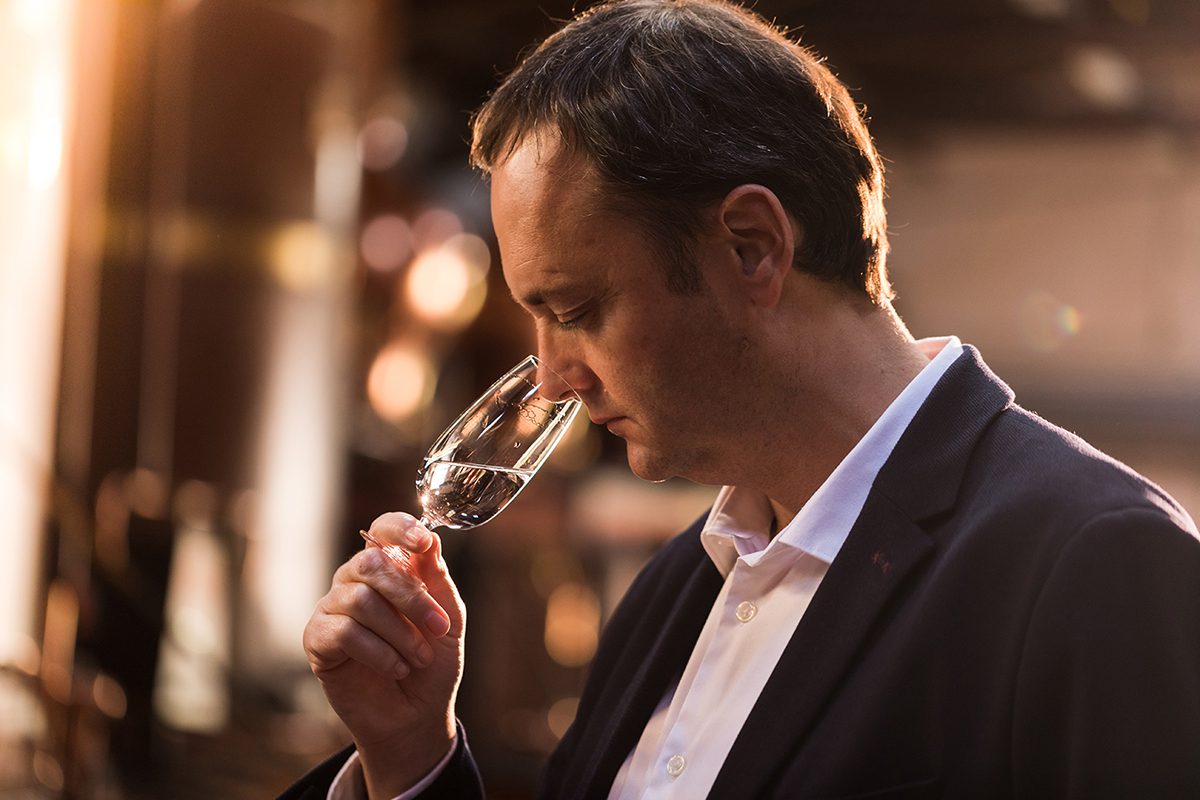
In the US, we have established a multi-year partnership with the National Urban League, which is a historic civil rights organisation dedicated to economic empowerment, equality and social justice. Since 2020, Foundation 1828 has also contributed to a $1 million financial commitment over five years to assisting Black and minority small business owners and entrepreneurs in the U.S. This year and beyond, our Maison is aiming to expand its support globally.
LUX: What would you say to someone who has an appreciation for luxury drinks and spirits, but who does not usually drink cognac?
TH: I would say that our Collection of cognacs have something to offer for every taste preference. For spirits drinkers who are looking for a sessionable, refreshing cocktail, I would recommend that they try the Courvoisier Gala cocktail. This drink is very festive and gives people from all backgrounds and taste preferences an opportunity to explore the rich world of cognac through an approachable experience.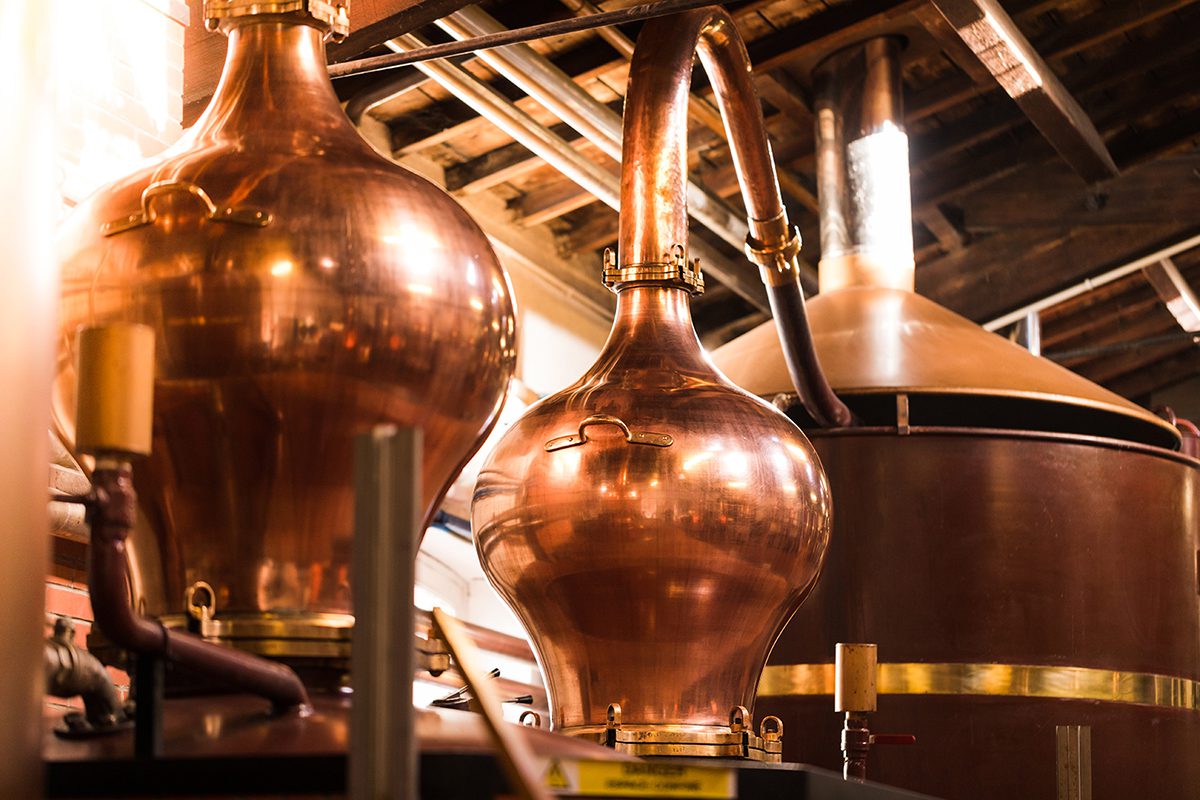
If you prefer a neat or on the rocks style pour, I would suggest trying Courvoisier XO Royal from our prestige portfolio collection of cognacs. Courvoisier XO Royal really embodies the roots of Maison Courvoisier through the vision of our charismatic founder, as well as its rich history of revered cognacs that graced the royal tables of Europe. Our ultimate expression, L’Essence de Courvoisier, is also great to enjoy neat.
LUX: Could you describe the significance of terroir in the production of Courvoisier cognac, and how it influences the flavour profiles of your Cognac/Blends?
TH: The significance of terroir is paramount, as it has a huge influence on the flavour profiles of our cognacs and blends. The fruity and floral style of our Maison has been defined by the successive generations of Chief Blenders as Cognac in Blossom. We deeply respect the Cognac region, where our art of making is rooted in harnessing, liberating, and revealing the spirit found in our terroir, crus, and oaks. This philosophy results in an exuberant cognac infused with the vibrancy of the Cognac region.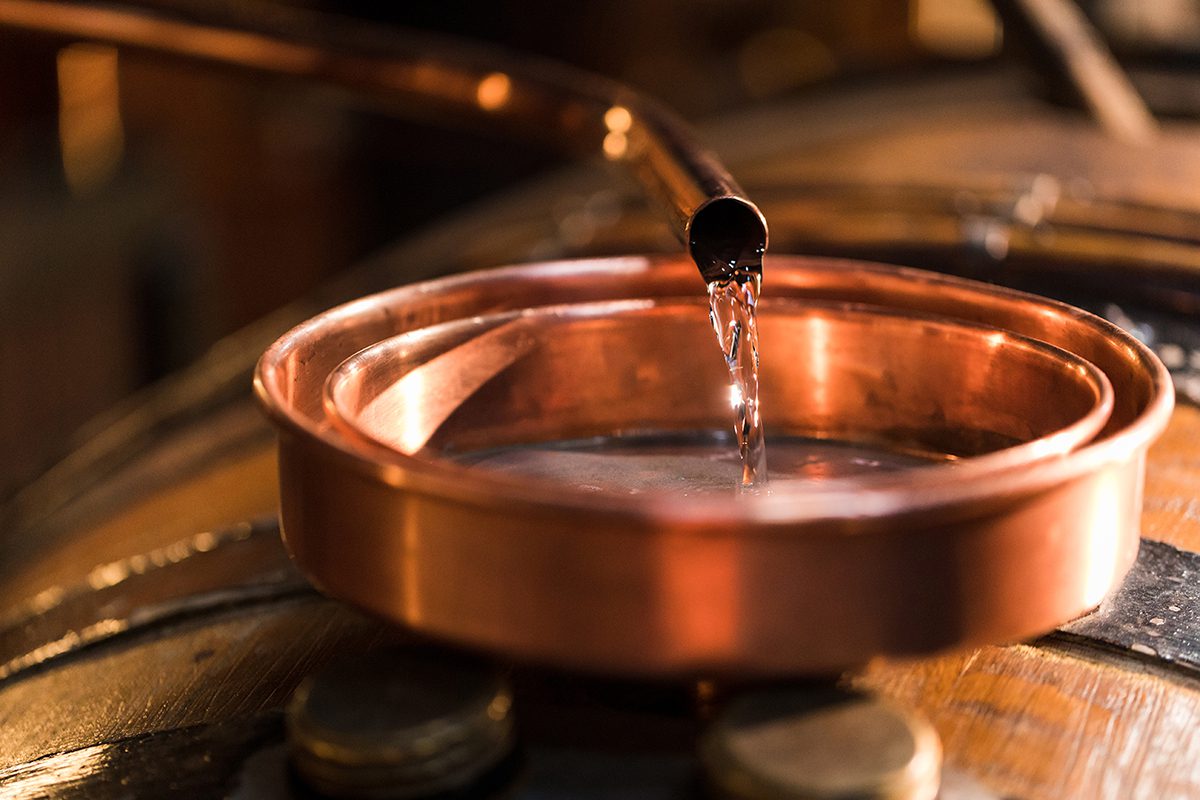
LUX: In the world of luxury spirits, what are some of the key trends you anticipate in the near future?
TH: I think there will be a continued focus on premiumization and heightened enthusiasm within the cognac category. At our Maison, I expect more experimentation with blends of older, rarer eaux-de-vie to develop our prestige and ultra-prestige segments of the business.
Read more: Entering Veuve Clicquot’s Garden of Gastronomy
LUX: You have a lot of tradition and history behind you. How will you ensure that you continue to appeal to younger generations in today’s market?
TH: We will continue to innovate offerings, introducing new and exciting blends and cognacs that align with evolving preferences, emphasising inclusivity and approachability. Our goal is to continue to offer a cognac experience that is welcoming and accessible to all.
LUX: Why was British artist and designer, Yinka Ilori, the right person to be the Maison’s ‘Ambassador for Joy’?
TH: Yinka is committed to making art playful and community-driven. Likewise, we believe in making the cognac experience a joyful one that can be enjoyed by anyone. We are continuing to redefine the cognac category by placing Courvoisier in consumption moments that are vibrant and vivid. Our work with Yinka continues to bring to life our brand world that is about savouring life’s pleasures.
Find out more: www.courvoisier.com












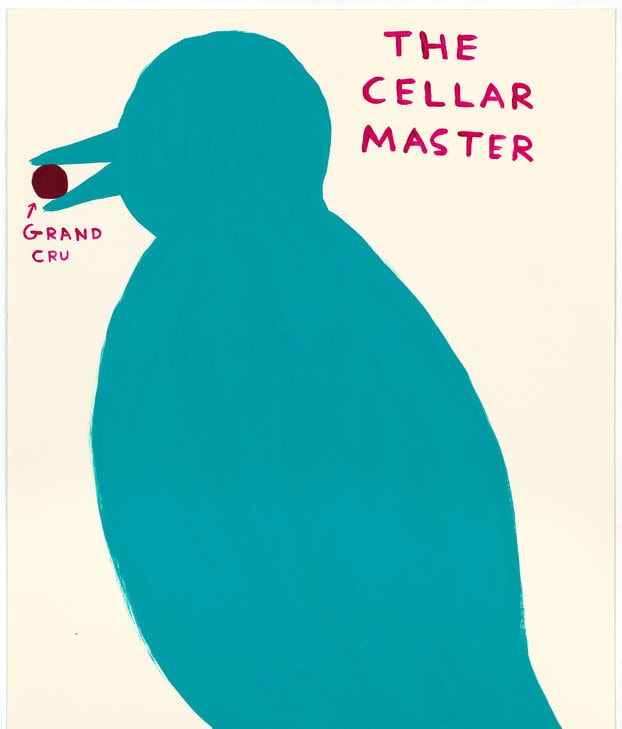
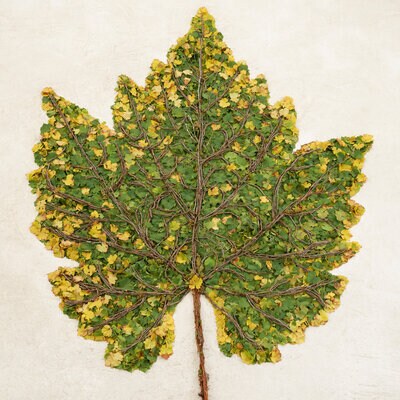






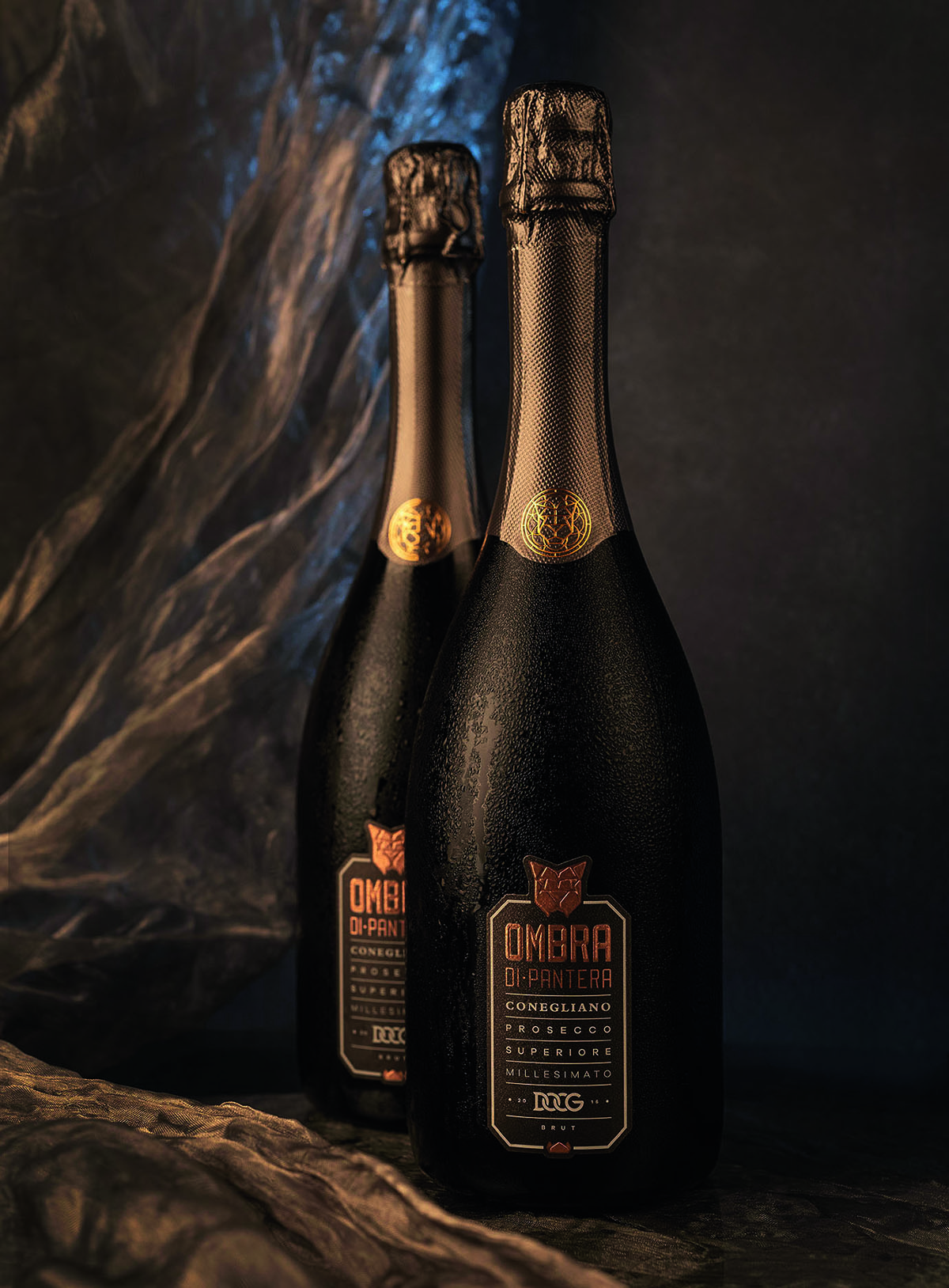





Recent Comments